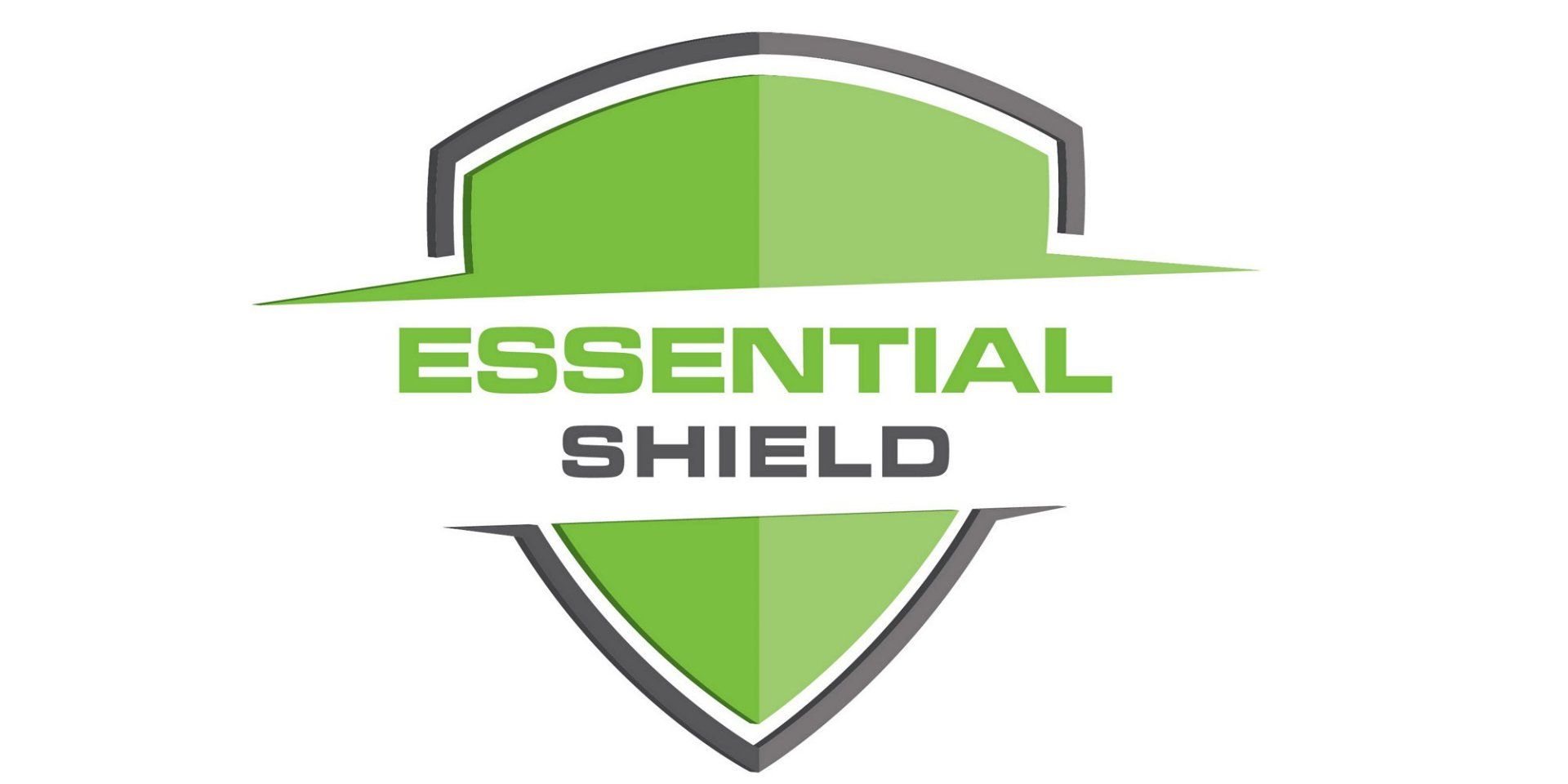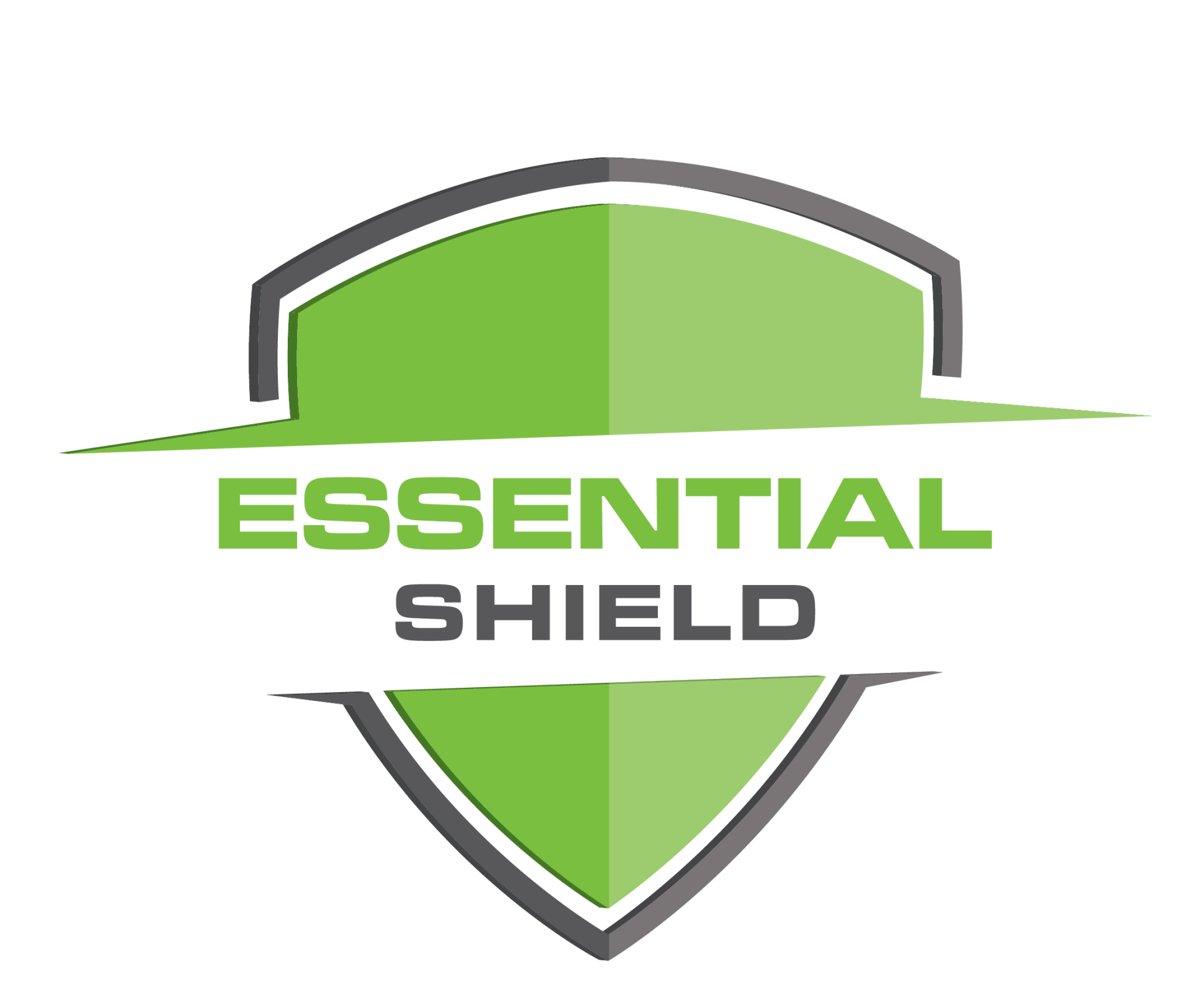Safe & Effective Methods for Removing Household Mould
Experts say an estimated 6-19% of people globally are allergic to mould. Some typical symptoms include coughing, runny nose, congestion, eye irritation, and worsened asthma. Mould lurking in your home can be more than just an unsightly nuisance; it can pose serious health risks to you and your family
Mould can form for various reasons, and you should attend to it immediately if it starts forming in your home. Among other problems mould causes, it can negatively affect your home's value, especially if you ignore it. You can approach mould removal in several ways, from scrubbing to professionals; it depends on the mould.
If you've noticed some mould in your home or you're wondering how to remove mould, keep reading. Here's everything you need to know.
How Does Mould Form?
Typically, mould grows in areas with a lot of moisture or dampness. They're microorganisms that can grow on virtually anything damp. Visually, the look of the mould can vary depending on which it is. Some may appear as black stains, furry growth, or specks (white, black, brown, green, or orange.)
There are several reasons mould can occur in your home. Some of them are:
- Leaking Pipes
- Leaking Roof and Gutters
- Constant Humidity
- Poor Ventilation
- Flooding
- Damp Foundation
Dangers of Mould
If you're living in a house with mould, you could be compromising your health. While it may not make you violently ill, it could give you health complications you otherwise wouldn't have had. When mould spores get into your system (i.e. through inhaling), some allergy symptoms you may get are:
- Eye irritations
- Congestion and runny nose
- Coughing
- Sneezing
- Headaches
- Skin rash
- Aggravated asthma
Cleaning Supplies for Mould Removal
If you've noticed some mould growing in areas of your home, you need to attend to it immediately, or it will only worsen. Mould only needs 24 hours to grow and spread. If you're going to remove it yourself, for most removal jobs, you're going to need the following supplies:
- Scrubbing Sponges or Brush
- A Mould Remover Solution
- Bucket
- Protective Clothing
- Face Mask
- Safety Glasses
- Gloves
Next, you're going to need a cleaning solution. There are several cleaning solutions; some are more gentle than others. We strongly recommend a natural mould remover such as our product of choice Mr Mould however you can use any of the following as a mould-removal solution:
- Vinegar
- Bleach (Sodium Hypochlorite)
- Baking Soda
- Hydrogen Peroxide
- Dettol
- Isopropyl Alcohol (1:1 Ratio)
If you suffer from allergies already, vinegar is the safest choice for mould removal. Fill a spray bottle with vinegar, and you're ready.
- Pro Tip: Use a dab of bleach to tell if a stain is mould or not; if the stain lightens after a few minutes, it's mould
How to Remove Mould From Walls Without Damaging Paint
Depending on the severity of the mould, once you learn how to remove mould, you may be able to take care of it yourself. If you're going the DIY route, here's what you need to know about how to clean mould off walls.
Step One: Protective Gear
Before mixing any solution, you must wear the appropriate protective gear. This includes a mask to protect your lungs from spores in the air, protective goggles, so you don't get irritated eyes, and proper gloves to protect your skin.
Step Two: Mix Your Solution
To protect the paintwork on your walls, you must use a gentler solution to remove the mould. In a bucket, mix 10 parts of bleach with 20 parts of water. To make it milder, add 1 part of dishwashing detergent.
Step Three: Application
Once you've mixed your mould removal solution in your bucket, take your scrubbing sponge and soak up some of the liquid. You don't want your sponge to be soaking wet, but you need enough solution soaked up to transfer onto the walls. Apply the mould remover by dabbing the solution-soaked sponge, but do not overapply.
- Pro Tip: If it's running down your walls, you're applying too much.
Step Four: Wait
Once you've applied the mould remover solution, let the walls air dry completely. You don't want to rinse anything off. The bleach solution should work well to break down the mould and mildew spores, leaving your walls mould-free.
Step Five: Cleanup
Since you're working with harsh chemicals, you want to dispose of the sponges, mask, and gloves appropriately. Don't leave them around where children or pets can get to them. It can cause serious harm if harmful liquids are ingested.
Hire a Mould Removal Professional
While you can handle some mould problems, you may want to hire a mould removal specialist to do the job instead. Here are three reasons you want to hire a professional:
1. Mould Re-Growth
With a DIY job, there is a greater chance the mould could grow back or change location. You'll find yourself performing mould removal over and over again. A professional can detect all the mould with special equipment, eliminating much more than a DIY job.
2. Trained and Knowledgeable
Another reason to hire a professional mould removal company is they will have the relevant knowledge and expertise to do the job correctly. Mould can be damaging to your health, so professional mould removers will also be trained in the correct safety procedures required.
3. It Saves You Money
While it may not seem like it, hiring a professional mould removal company can save you money. If you don't have the necessary cleaning supplies and protective clothing, you'll need to buy them. Protective clothing can be expensive, and professionals will already have this equipment prepared.
Know How to Remove Mould Like a Pro
When you notice mould growing in your home, it's time to jump into action. If you're going the DIY route for minor mould removal jobs, you must ensure you have the right equipment and protective gear.
To save your paintwork, remember to use a softer sponge that won't damage your walls. However, if you want to avoid learning how to remove mould, it's time to hire professionals.
If you're looking for mould cleaning in Brisbane, contact us today. We passionately offer 100% natural mould removal and defence.
Disclaimer:
The information provided on this blog is for general informational purposes only. All information on the site is provided in good faith, however, we make no representation or warranty of any kind, express or implied, regarding the accuracy, adequacy, validity, reliability, availability, or completeness of any information on the site. The content is not intended to serve as a substitute for professional advice. Always seek the advice of a qualified professional for any questions you may have regarding a particular issue. Under no circumstance shall we have any liability to you for any loss or damage of any kind incurred as a result of the use of the site or reliance on any information provided on the site. Your use of the site and your reliance on any information on the site is solely at your own risk.
You might also like
Get a call back for a service
We will get back to you as soon as possible
Please try again later
Ipswich to Wellington Point, Brisbane to Helensvale
Essential Shield Brisbane South Mould and Odour Removal Services
Information
Cleaning Services
Our Trading Hours
- Mon - Fri
- -
- Sat - Sun
- Appointment Only
All Rights Reserved | A.B.N. 69955243746



